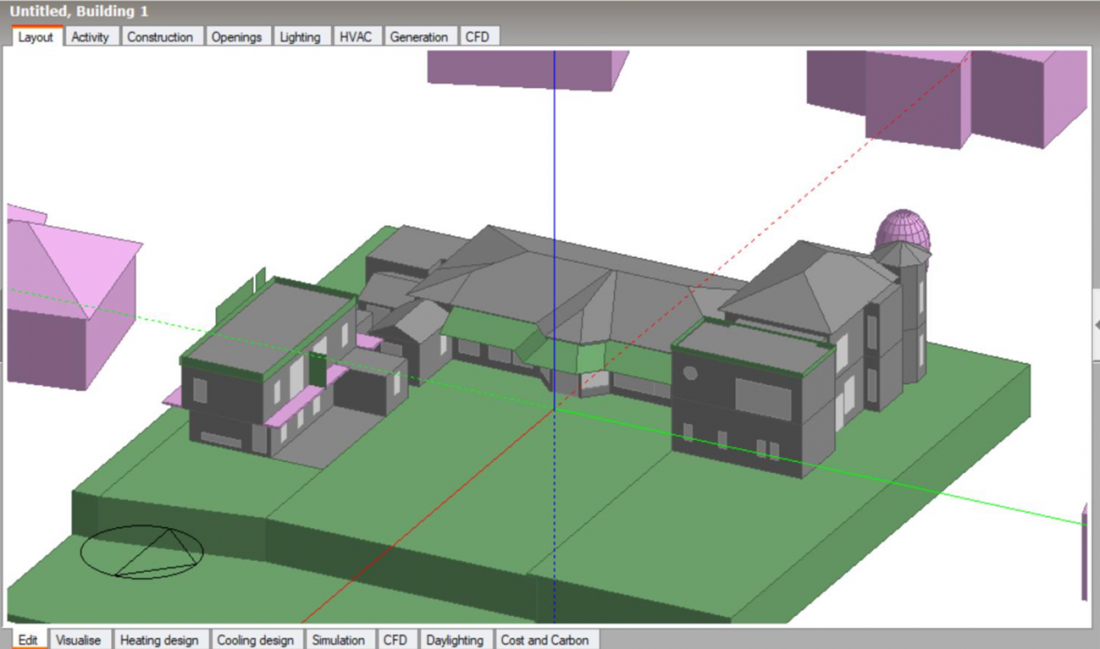BEEP project explains the benefits of using Building Performance Simulation (BPS) on historic buildings

If you are interested in the advantages of applying Building Performance Simulation (BPS) methodologies and tools on built heritage we invite you to read the document “State of the Art analysis on Building Performance Simulation on historic buildings” prepared by BEEP partners.
BPS allows the study and optimisation of energy performance in an interrelated way, through the creation of a behavioural model of a given historical urban fabric, building or wall element. The purpose of simulations is not only to reveal the interactions between the building, occupants, HVAC (heating, ventilation, and air conditioning) systems and the outdoor climate, but also to facilitate the use of environmentally and energy-efficient design solutions, in order to acquire relatively rapid feedback on the performance implications of the design hypotheses.
The document aims to provide important information from the literature about the current challenges regarding the employment of BPS in historic buildings, in order to allow the BEEP project partners to better understand how energy modelling tools can be used in the case of built heritage renovation and/or retrofit activities.
It also describes the state-of-the-art in model calibration approaches and the reliability of predictions provided by simulation models. The document concludes with a brief description of the compromises and a list of points that need to be addressed when applying a simulation-based design approach to a historic building, including issues of material performance uncertainties, simplifications imposed to the modelling and simulation by software limitations, building material as well as occupant behaviour anomalies/unpredictability, etc.
About the BEEP project:
BEEP project aims at strengthening the use of Building Information Modelling (BIM) to enhance energy efficiency in buildings. The testing of this emerging technology on built heritage will be performed to demonstrate its scalability to the entire building stock. The project will provide public administrations with a powerful method for the energy rehabilitation of public buildings to be supported with private funds through the Energy Performance Contracting (*). The project main outcome will be an innovative methodology based on the integration of emerging technologies tested on 9 heritage public buildings located in Italy, Spain, Cyprus, Jordan, Palestine, Lebanon, and Egypt.
(*) Energy performance contracting (EPC) is a mechanism for organising the energy efficiency financing. The EPC involves an Energy Service Company (ESCO) which provides various services, such as finances and guaranteed energy savings. The remuneration of the ESCO depends on the achievement of the guaranteed savings. The ESCO stays involved in the measurement and verification process for the energy savings in the repayment period. ESCO and energy performance contracting are mostly found in the public sector and to a lesser extent in the industrial and commercial building sectors (Hilke and Ryan, 2012). Source: European Comission
Follow BEEP project: Web, Facebook, Twitter









